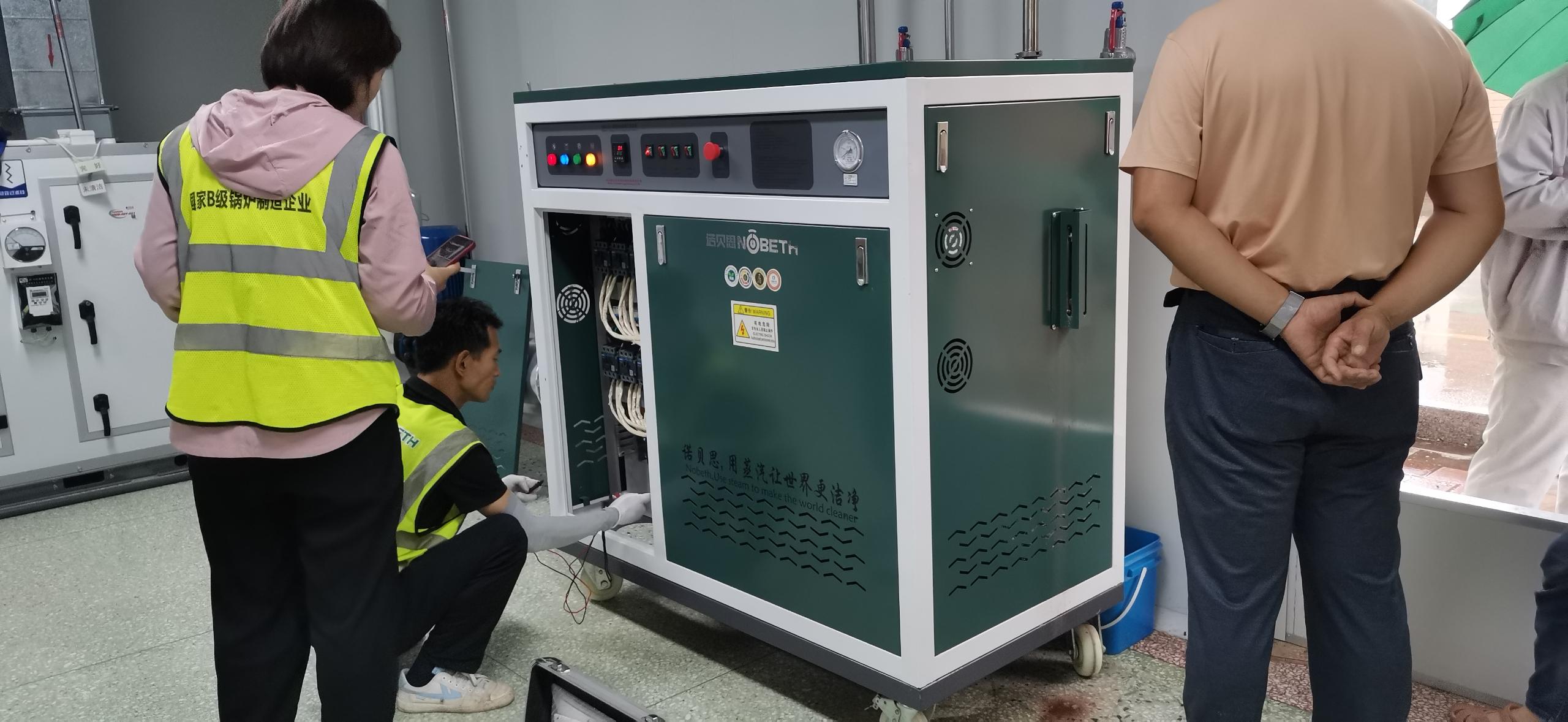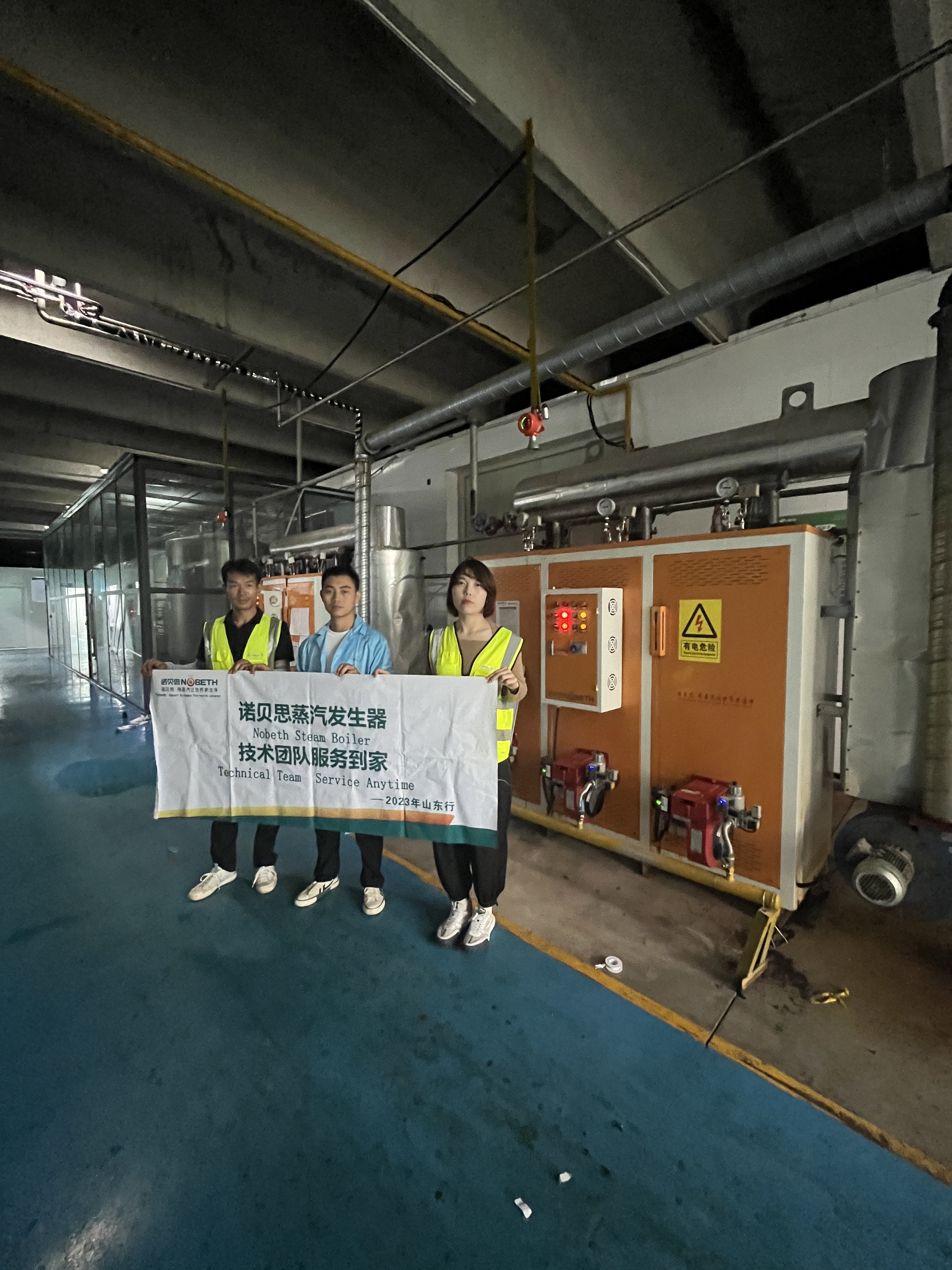Q: How many terms do you know about boilers? (Second)
A:
In the previous issue, there were definitions of some Amway professional terms. This issue continues to explain the meaning of professional terms.
13. Continuous discharge of sewage
Continuous blowdown is also called surface blowdown. This blowdown method continuously discharges the furnace water with the highest concentration from the surface layer of the drum furnace water. Its function is to reduce the salt content and alkalinity in the boiler water and prevent the boiler water concentration from being too high and affecting the steam quality.
14. Regular sewage discharge
Regular blowdown is also called bottom blowdown. Its function is to remove the soft sediment formed after water slag and phosphate treatment accumulated in the lower part of the boiler. The duration of regular blowdown is very short, but the ability to discharge the sediment in the pot is very strong.
15. Water impact:
Water impact, also known as water hammer, is a phenomenon in which the sudden impact of steam or water causes sound and vibration in the pipes or containers carrying its flow.
16. Boiler thermal efficiency
Boiler thermal efficiency refers to the percentage of effective heat utilization by the boiler and the input heat of the boiler per unit time, also known as boiler efficiency.
17. Boiler heat loss
Boiler heat loss consists of the following items: exhaust smoke heat loss, mechanical incomplete combustion heat loss, chemical incomplete combustion heat loss, ash physical heat loss, fly ash heat loss and furnace body heat loss, the largest of which is exhaust smoke heat loss.
18. Furnace safety monitoring system
The furnace safety supervisory system (FSSS) enables each equipment in the boiler combustion system to safely start (turn on) and stop (cut) according to the prescribed operating sequence and conditions, and can quickly cut off entry under critical conditions. All fuels in the boiler furnace (including ignition fuel) are protection and control systems to prevent destructive accidents such as deflagration and explosion to ensure the safety of the furnace.
19. MFT
The full name of boiler MFT is Main Fuel Trip, which means boiler main fuel trip. That is, when the protection signal is activated, the control system automatically cuts off the boiler fuel system and links the corresponding system. MFT is a set of logical functions.
20. OFT
OFT refers to oil fuel trip. Its function is to quickly cut off the fuel supply when the fuel system fails or the boiler MFT occurs to prevent further expansion of the accident.
21. Saturated steam
When a liquid evaporates in a limited closed space, when the number of molecules entering the space per unit time is equal to the number of molecules returning to the liquid, the evaporation and condensation are in a state of dynamic equilibrium. Although evaporation and condensation are still in progress at this time, But the density of vapor molecules in the space no longer increases, and the state at this time is called a saturated state. Liquid in a saturated state is called saturated liquid, and its vapor is called saturated steam or dry saturated steam.
22. Heat conduction
In the same object, heat is transferred from a high-temperature part to a low-temperature part, or when two solids with different temperatures come into contact with each other, the process of transferring heat from a high-temperature object to a low-temperature object is called thermal conduction.
23. Convection heat transfer
Convection heat transfer refers to the heat transfer phenomenon between the fluid and the solid surface when the fluid flows through the solid.
24. Thermal radiation
It is a process in which high-temperature substances transfer heat to low-temperature substances through electromagnetic waves. This heat exchange phenomenon is essentially different from heat conduction and heat convection. It not only produces energy transfer, but is also accompanied by the transfer of energy form, that is, the conversion of thermal energy into radiation energy, and then the conversion of radiation energy into thermal energy.

